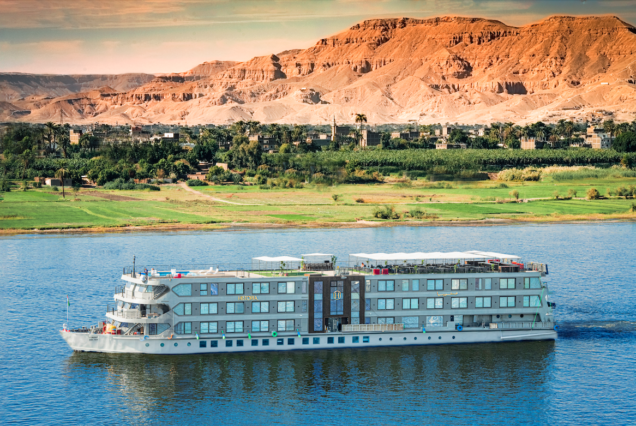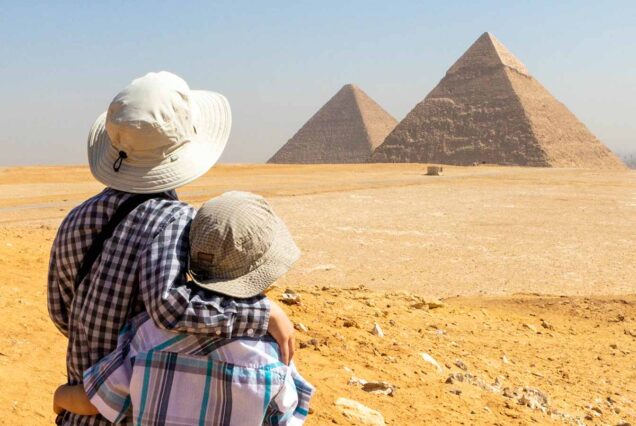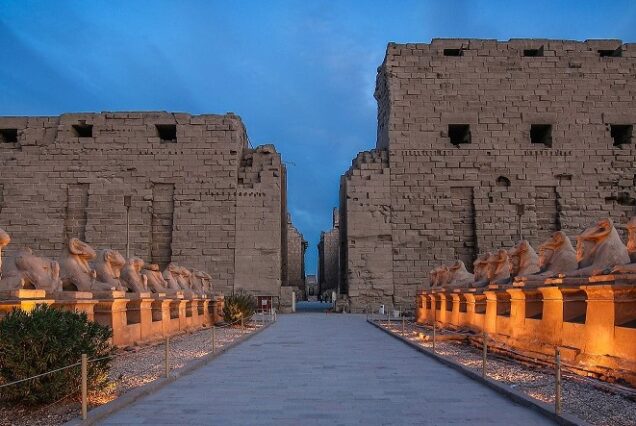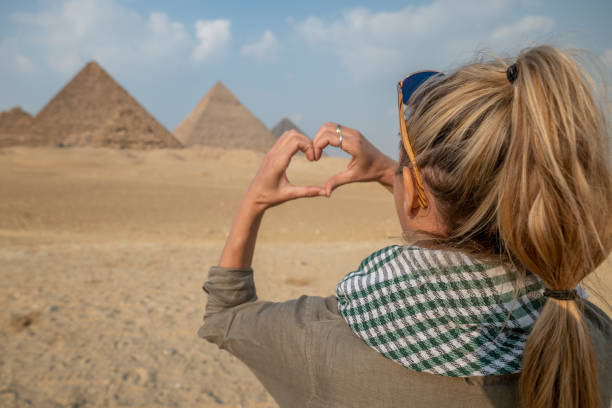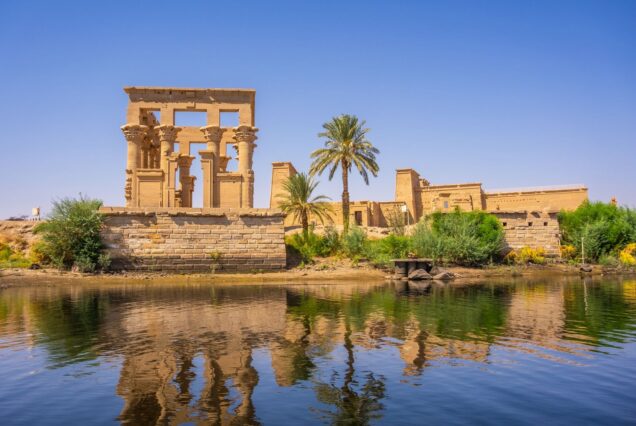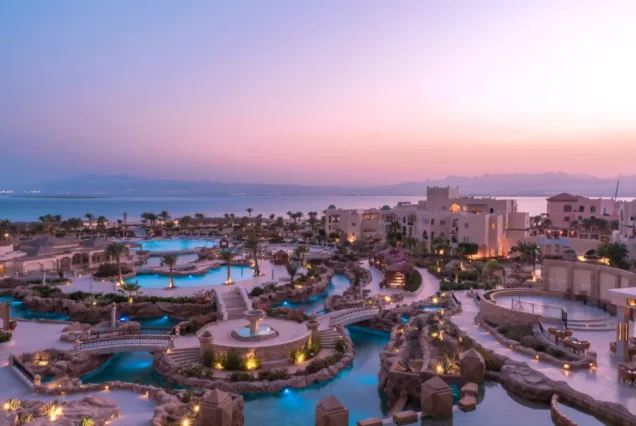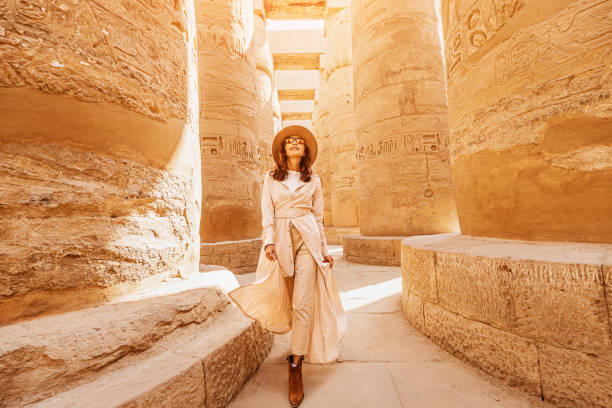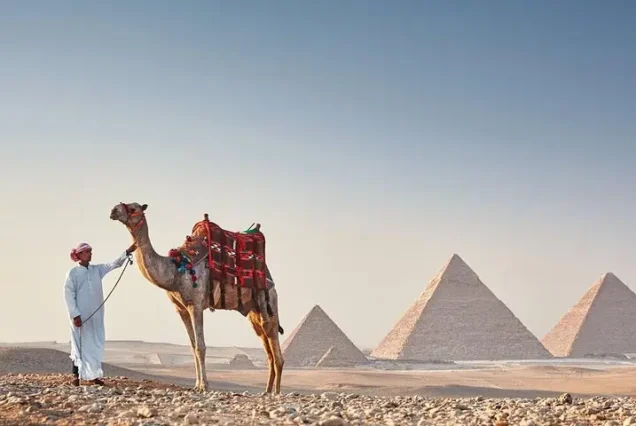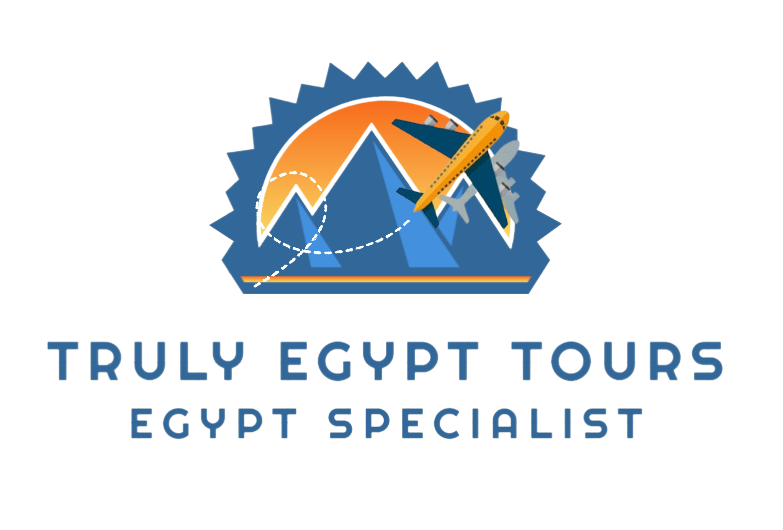Discovering Luxor: A Comprehensive Guide to Egypt’s Ancient Capital
Luxor, often referred to as the “world’s greatest open-air museum,” is a city steeped in history and culture. Located in southern Egypt along the banks of the Nile River, Luxor is home to some of the most impressive monuments of ancient Egypt, including the Valley of the Kings, Karnak Temple, and the Temple of Luxor. This comprehensive guide will explore Luxor’s rich history, must-visit attractions, cultural experiences, and practical travel tips to help you make the most of your visit.
Map
Info
A Brief History of Luxor
Luxor, known as Thebes in ancient times, was the capital of Egypt during the New Kingdom (1550–1070 BC). It served as a cultural and religious center, with its impressive temples and tombs reflecting the wealth and power of the pharaohs. The city was dedicated to the worship of the god Amun, and its significance is evident in the monumental structures that still stand today.
The Valley of the Kings, located on the west bank of the Nile, became the burial ground for many pharaohs, including the famous Tutankhamun. The city flourished during the reigns of powerful pharaohs like Hatshepsut, Ramses II, and Akhenaten, leaving behind a legacy that continues to captivate visitors from around the world.
Today, Luxor is a bustling city that attracts millions of tourists each year, eager to explore its ancient wonders. The blend of history, culture, and stunning landscapes makes Luxor a must-visit destination for anyone traveling to Egypt.
Must-Visit Attractions in Luxor
1. The Valley of the Kings
The Valley of the Kings is perhaps the most famous archaeological site in Luxor and is a UNESCO World Heritage Site. This burial ground contains the tombs of pharaohs and nobles from the New Kingdom period.
– Tomb of Tutankhamun: Discovered in 1922 by Howard Carter, Tutankhamun’s tomb is one of the most significant archaeological finds in history. Visitors can explore the tomb’s burial chamber and see the famous golden mask of the young pharaoh on display in the Egyptian Museum in Cairo.
– Other Notable Tombs: The Valley of the Kings is home to many other impressive tombs, including those of Ramses II, Seti I, and Hatshepsut. Each tomb features intricate hieroglyphics and stunning wall paintings that depict the beliefs and practices of ancient Egyptians.
2. Karnak Temple
Karnak Temple is one of the largest temple complexes in the world and a testament to the grandeur of ancient Egyptian architecture. Dedicated to the god Amun, it took over 2,000 years to complete.
– Hypostyle Hall: The centerpiece of Karnak is the Hypostyle Hall, which features 134 massive columns, some reaching 10 meters in height. This vast hall is a breathtaking sight and a highlight of any visit to the temple.
– Sacred Lake: The temple complex also includes a sacred lake, where priests would purify themselves before performing rituals. The serene waters reflect the surrounding architecture and provide a peaceful atmosphere.
3. Temple of Luxor
The Temple of Luxor, located on the east bank of the Nile, is another remarkable ancient site. Built during the reign of Ramses II, the temple was dedicated to the rejuvenation of kingship and the worship of Amun.
– Pillared Courtyard: The temple features a grand entrance with two massive statues of Ramses II and an impressive pylon. The inner courtyard, lined with columns, showcases beautifully preserved reliefs and hieroglyphics.
– Alley of Sphinxes: The temple is connected to Karnak Temple by the Avenue of Sphinxes, a ceremonial pathway lined with sphinx statues that once guided worshippers between the two sites.
4. Hatshepsut Temple
The Temple of Hatshepsut, located in Deir el-Bahari on the west bank of the Nile, is dedicated to one of Egypt’s few female pharaohs. This mortuary temple is an architectural marvel, built into the cliffs of the mountain.
– Terraced Design: The temple features a series of terraces and colonnades, with impressive reliefs depicting the life and reign of Hatshepsut. The temple’s design harmonizes beautifully with the surrounding landscape.
– Statues and Reliefs: Visitors can admire the numerous statues of Hatshepsut and reliefs that depict her divine birth and various expeditions, highlighting her significance in Egyptian history.
5. Colossi of Memnon
The Colossi of Memnon are two massive stone statues of Pharaoh Amenhotep III, standing guard at the entrance to his mortuary temple. Each statue is over 18 meters tall and represents the pharaoh seated on his throne.
– Historical Significance: These statues were originally part of a larger temple complex, and their impressive size and craftsmanship make them a popular attraction for visitors.
– Acoustic Phenomenon: The statues are famous for their acoustic phenomenon, where one of the statues was said to “sing” at dawn. This phenomenon has largely been attributed to the natural erosion of the stone.
6. Medinet Habu
Medinet Habu is the mortuary temple of Ramses III, located on the west bank of the Nile. This well-preserved temple complex features intricate reliefs and architectural elements that provide insight into ancient Egyptian culture.
– Reliefs and Inscriptions: The walls of Medinet Habu are adorned with detailed reliefs that depict Ramses III’s military victories and religious rituals, showcasing the temple’s significance in honoring the pharaoh.
– Surrounding Structures: The temple complex includes various structures, such as the workers’ village and the sacred lake, providing a comprehensive view of the temple’s historical context.
7. Luxor Museum
The Luxor Museum is a modern museum that houses a collection of artifacts from the Theban region. It provides visitors with a deeper understanding of ancient Egyptian history and culture.
– Exhibits: The museum features a wide range of artifacts, including statues, pottery, and jewelry, many of which were discovered in the nearby tombs.
– Atmosphere: The museum’s layout is designed to create a serene atmosphere, allowing visitors to appreciate the exhibits without the crowds often found in larger museums.
8. The Tombs of the Nobles
Located on the west bank of the Nile, the Tombs of the Nobles is a lesser-known site that offers a glimpse into the lives of ancient Egyptian nobility. The tombs are beautifully decorated with colorful paintings and hieroglyphics.
– Exploration: Visitors can explore several tombs, each with unique designs and themes. The tombs provide insight into the daily life, beliefs, and funerary practices of the nobility.
– Scenic Views: The site offers stunning views of the surrounding landscape and the Nile River, making it a peaceful escape from the more crowded tourist attractions.
9. West Bank Villages
Exploring the villages on the west bank of the Nile provides a glimpse into the local culture and way of life in Luxor. Visitors can interact with residents, sample traditional food, and experience rural Egyptian life.
– Local Markets: The villages often feature small markets where visitors can purchase fresh produce, handmade crafts, and traditional Egyptian goods.
– Cultural Experiences: Participating in local traditions, such as cooking classes or handicraft workshops, can enhance your understanding of Egyptian culture.
10. Hot Air Balloon Ride
A hot air balloon ride over Luxor offers a unique perspective on the city’s ancient landmarks and stunning landscapes. Early morning flights provide breathtaking views of the Nile and the surrounding temples.
– Scenic Views: As the sun rises, the golden light illuminates the ancient monuments, creating a magical atmosphere that is unforgettable.
– Experience: Many tour operators offer hot air balloon rides, complete with experienced guides and safety measures to ensure a memorable adventure.
Cultural Experiences in Luxor
1. Traditional Cuisine
Luxor’s culinary scene is a delightful blend of traditional Egyptian flavors and local ingredients. Exploring the local markets and restaurants offers a chance to savor authentic dishes.
– Must-Try Dishes: Sample koshari (a hearty mix of rice, lentils, and pasta), molokhia (a green leafy stew), and grilled meats. Don’t miss out on local pastries like baklava and basbousa for dessert.
– Street Food: Enjoy street food from local vendors, such as falafel, shawarma, and fresh juices. Eating where the locals eat can enhance your culinary experience.
2. Local Festivals
Luxor hosts various cultural festivals throughout the year, celebrating its rich heritage and traditions.
– Luxor African Film Festival: This annual event showcases films from African filmmakers, promoting cultural exchange and artistic expression.
– Ramses II Festival: Celebrated in honor of Ramses II, this festival features music, dance, and traditional performances that highlight the region’s cultural heritage.
3. Traditional Crafts
Luxor is known for its traditional crafts, including pottery, jewelry, and textile weaving. Visitors can explore local workshops and learn about the craftsmanship that has been passed down through generations.
– Workshops: Many artisans offer workshops where visitors can try their hand at pottery making or weaving, providing a unique opportunity to engage with local culture.
– Souvenir Shopping: Explore local markets for handmade crafts, textiles, and jewelry to take home as souvenirs.
Practical Travel Tips
1. Best Time to Visit
The best time to visit Luxor is during the cooler months, from October to April. The weather is pleasant for exploring outdoor sites, while summer temperatures can be extremely hot.
2. Getting Around
Luxor offers various transportation options for getting around the city and its attractions.
– Taxis and Car Rentals: Taxis are available, but it’s advisable to negotiate the fare beforehand. Car rentals are also an option for those who prefer to explore independently.
– Horse Carriages: Traditional horse-drawn carriages, known as “calèches,” are a popular way to explore the city and visit nearby attractions.
3. Safety Tips
Luxor is generally safe for tourists, but it’s essential to exercise caution.
– Stay Hydrated: The climate can be hot, so drink plenty of water and wear sunscreen while exploring.
– Respect Local Customs: Dress modestly, especially when visiting religious sites, and be mindful of local customs and traditions.
4. Language and Communication
Arabic is the official language of Egypt, but English is widely spoken in tourist areas. Learning a few basic Arabic phrases can enhance your interactions with locals.
5. Currency and Payment
The currency used in Egypt is the Egyptian Pound (EGP). Credit cards are accepted in many places, but it’s advisable to carry cash for small purchases and markets.
Conclusion
Luxor is a city that transports visitors back to the grandeur of ancient Egypt, offering a wealth of historical and cultural experiences. From the awe-inspiring temples and tombs to the vibrant local culture and cuisine, Luxor promises an unforgettable journey through time.
As you plan your visit, embrace the richness of Luxor’s heritage, engage with its friendly locals, and immerse yourself in the wonders of this remarkable destination. Whether you’re exploring the Valley of the Kings or savoring traditional dishes, Luxor invites you to discover its treasures and create lasting memories.











